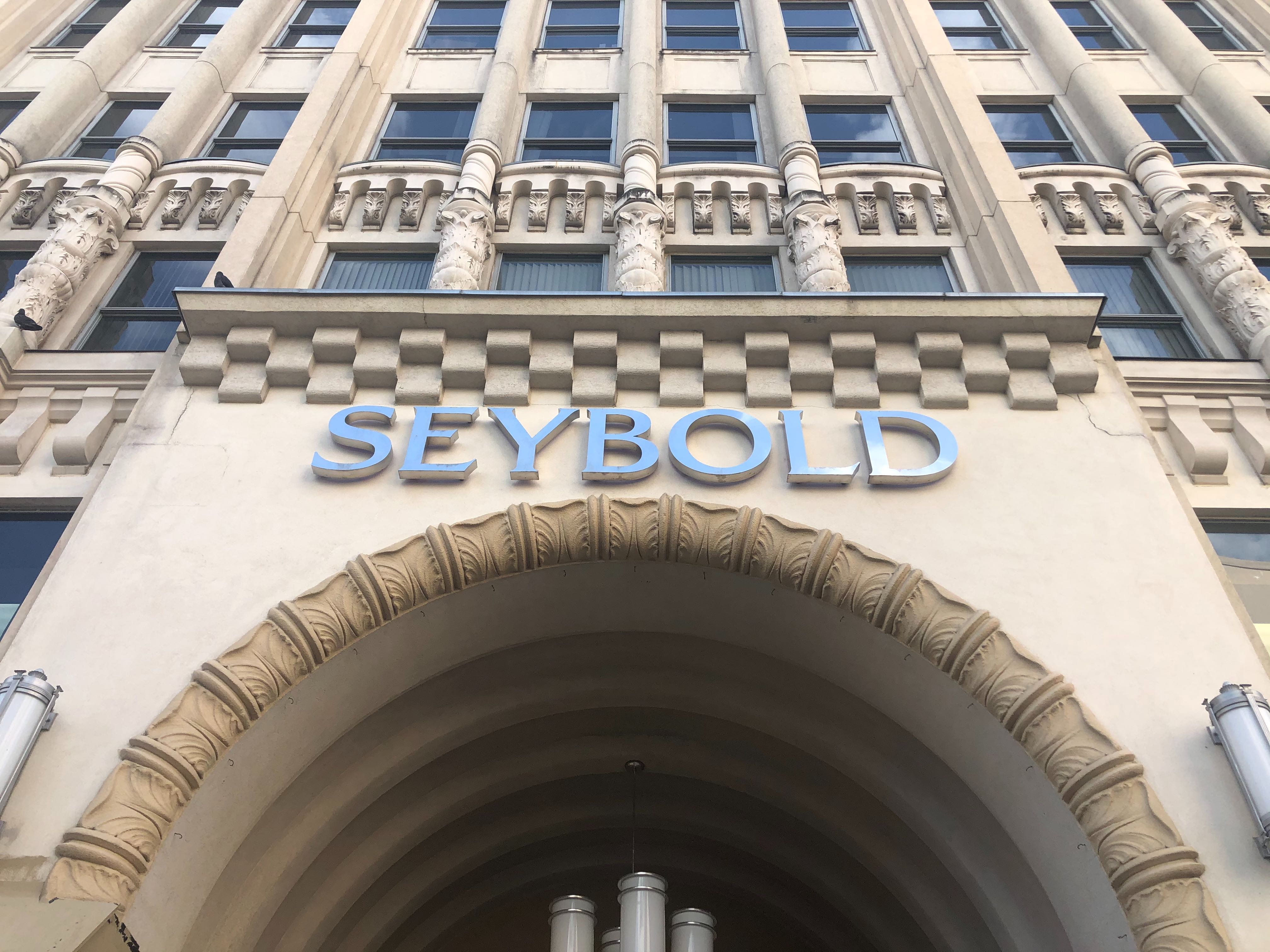Seybold Building on:
[Wikipedia]
[Google]
[Amazon]
 Seybold Building is a historic jewelry building in
Seybold Building is a historic jewelry building in
Seybold Building Website
National Register of Historic Places in Miami Historic district contributing properties in Florida Commercial buildings on the National Register of Historic Places in Florida Kiehnel and Elliott buildings
 Seybold Building is a historic jewelry building in
Seybold Building is a historic jewelry building in Miami
Miami ( ), officially the City of Miami, known as "the 305", "The Magic City", and "Gateway to the Americas", is a East Coast of the United States, coastal metropolis and the County seat, county seat of Miami-Dade County, Florida, Miami-Dade C ...
, Florida
Florida is a state located in the Southeastern region of the United States. Florida is bordered to the west by the Gulf of Mexico, to the northwest by Alabama, to the north by Georgia, to the east by the Bahamas and Atlantic Ocean, and to ...
. It was designed by Kiehnel and Elliott
The architectural firm of Kiehnel and Elliot was established in Pittsburgh, Pennsylvania, in 1906. The firm did substantial work in Florida, and moved to Miami in 1922. From 1926, it was known as Kiehnel, Elliot and Chalfant.
Richard Kiehnel ( ...
. The building was erected in two stages. The first three levels of the building were completed in 1921. John Seybold had a bakery and confectionery business which he operated on the main floor. An additional seven stories were added above the annex in 1925. The Seybold Building is a City of Miami historic landmark. Seybold sold the complex in 1941. It is a National Register of Historic Places
The National Register of Historic Places (NRHP) is the United States federal government's official list of districts, sites, buildings, structures and objects deemed worthy of preservation for their historical significance or "great artistic v ...
contributing property as part of the Downtown Miami Historic District
The Downtown Miami Historic District is a U.S. historic district (designated as such on December 6, 2005) located in the Central Business District of Downtown Miami, Florida.
The district is bounded by Miami Court, North Third Street, West T ...
.
History
The Seybold building was built back in 1926 as the brainchild of its namesake, John Seybold, who moved to Miami in the late 19th century and eventually set up a bakery. That business burned down, but he bounced back with another bakery. He then went on to run a shopping mall, called an arcade back then, that became the basis of the 10-story Seybold building. In the 1960s, the building's first jeweler moved in. Jeffrey Buchwald, a Hungarian immigrant who first opened his jewelry shop on the boardwalk in Atlantic City, moved to Miami to escape the cold. Today, Buchwald Jewelers is a third generation, family-run business, and co-owner Jeff Buchwald recalls visiting his family's store when he was just a kid. “We were the first jewelers in the building — back then there were a few stores and a lot of lawyers,” Buchwald says. “By the time I took over 25 years ago, there were a lot more jewelers.” The plan to transform the Seybold Building into a jeweler's hub had a helping hand from the Cuban revolution, when scores of Cuban jewelers and manufacturers left the island after the Castro regime confiscated their businesses. Mario's Casting, a second-generation family-run jewelry manufacturing business, came to the United States in 1969 to try and pick up where they had left off. “In the 1970s, a lot of Cubans were coming over and making a home for their jewelry business in downtown Miami,” said Martha Camero, one of the owners and operators of Mario's Casting. “As more and more jewelers moved into the Seybold Building, lawyers started moving out. Pretty soon, every single floor was filled with jewelry makers of all kinds.”Building
The majority of the tenants are still jewelry and watch merchants, diamond cutters, repair shops and other specialty gem shops.Awards
The Seybold Jewelry Building was named Best Place to Buy a Diamond Ring by Miami New Times in 2009.References
{{reflistSeybold Building Website
National Register of Historic Places in Miami Historic district contributing properties in Florida Commercial buildings on the National Register of Historic Places in Florida Kiehnel and Elliott buildings